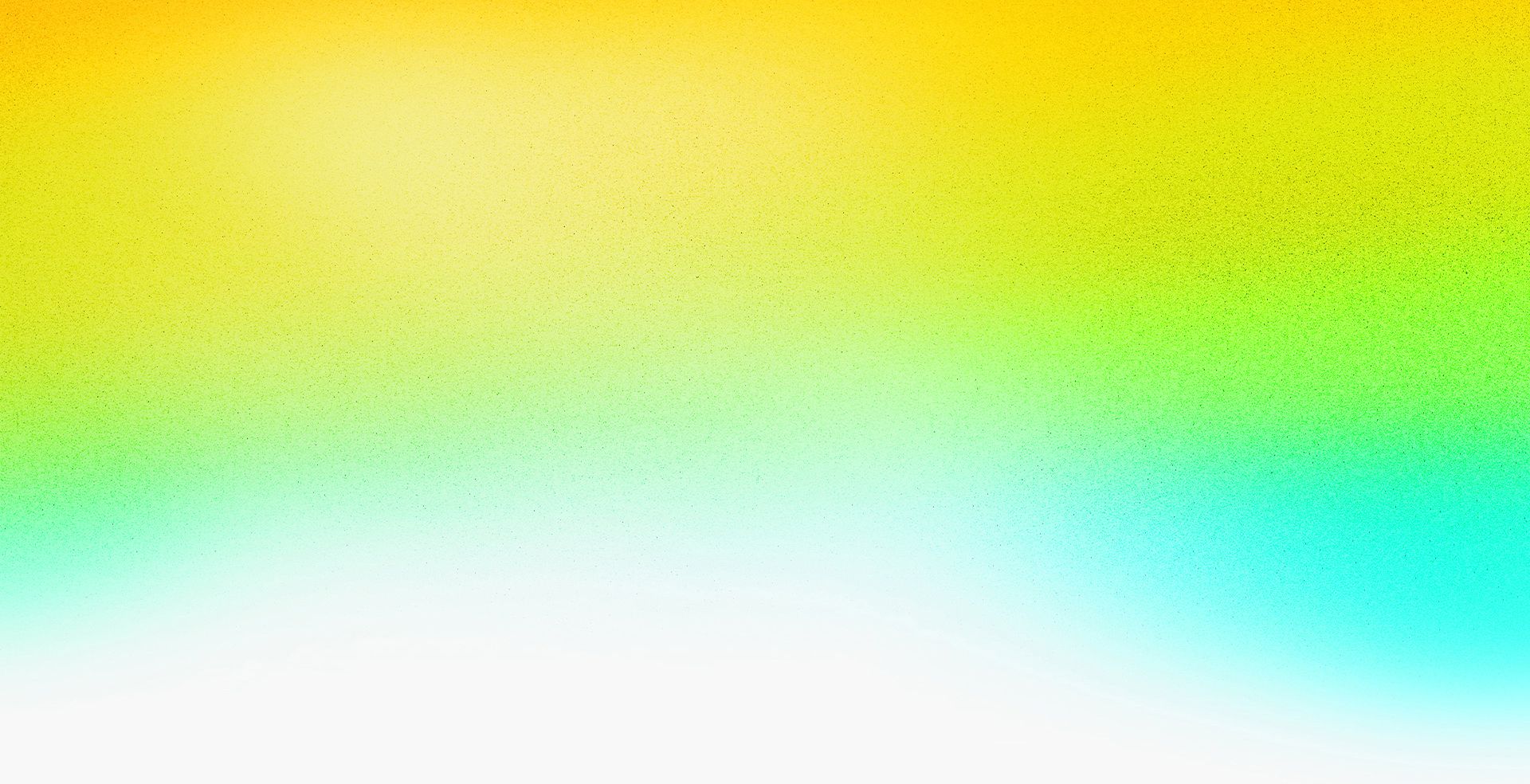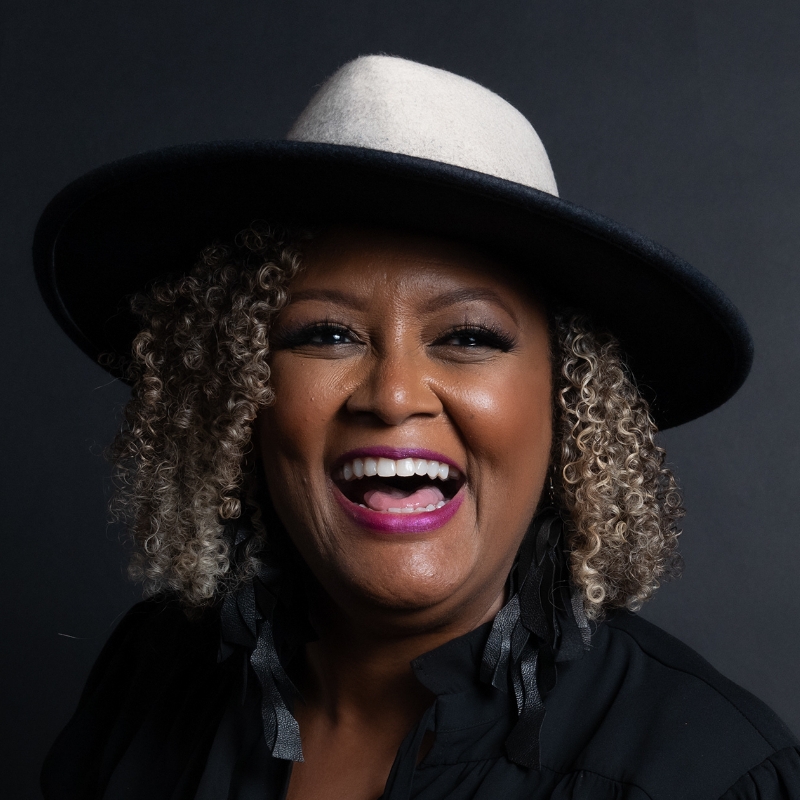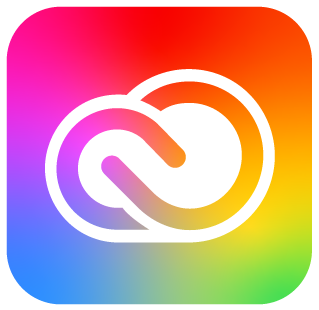Closed captions in English will be added in early November.
Sign Your Work with Adobe Content Authenticity


Speakers
-

Storyteller/Educator, Ndemay Media Group
-

Sr. Design Evangelist for Next Gen Creative Pros, Adobe
Featured Products
-

Creative Cloud
Free trial
Session Resources
No resources available for this session
About the Session
Discover how and why creative professionals are applying Content Credentials to their work with the free Adobe Content Authenticity web app. Share your name, generative AI training and usage preferences, and more, directly from your work with Content Credentials–durable metadata that stays connected to your content where it’s shared.
Don’t miss your chance to find out:
- How to apply Content Credentials quickly and easily in the new and free Adobe Content Authenticity web app
- What Content Credentials are all about, and why the creative community is applying them to their work
- Why every creative pro should be using Content Credentials in the age of social media and generative AI where attribution and trust are more important than ever before
Technical Level: General Audience
Category: Industry Best Practices
Track: Photography, Graphic Design and Illustration
Audience: Art/Creative Director, Educator, Graphic Designer, Photographer
This content is copyrighted by Adobe Inc. Any recording and posting of this content is strictly prohibited.
By accessing resources linked on this page ("Session Resources"), you agree that 1. Resources are Sample Files per our Terms of Use and 2. you will use Session Resources solely as directed by the applicable speaker.
Not sure which apps are best for you?
Take a minute. We’ll help you figure it out.